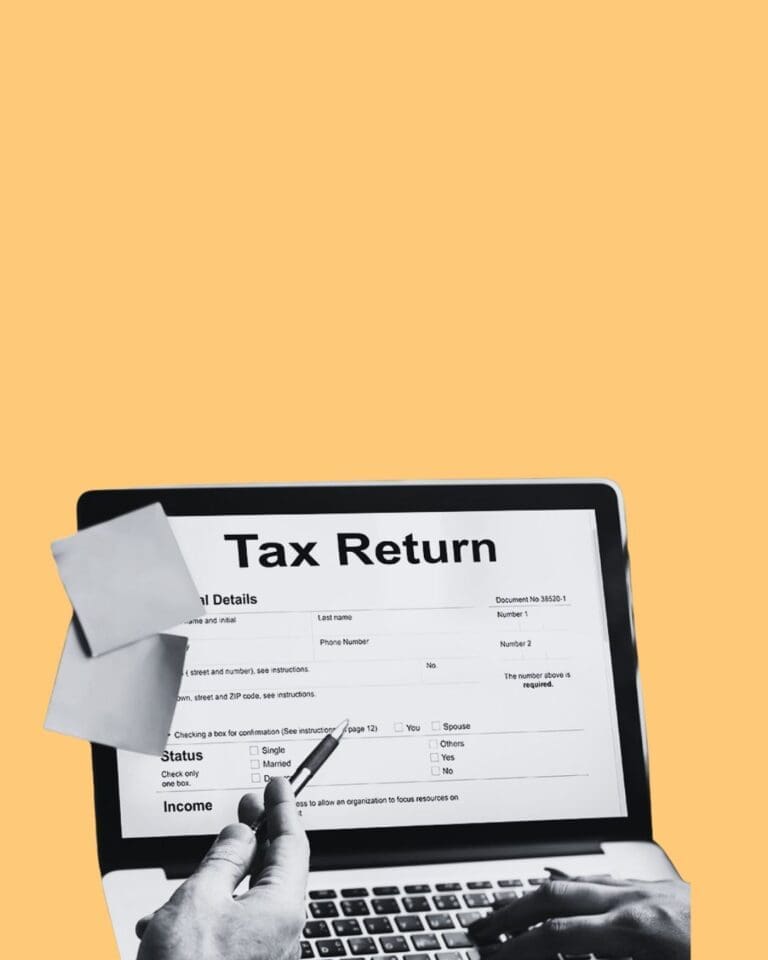Have you ever stood in line at your local café, glanced at the menu, and thought, “Why is everything so expensive these days?” You’re not alone. The price of your morning cuppa isn’t just about the beans and the barista’s skills; it’s a reflection of something much bigger—economic inflation.
The Seesaw of Inflation
Picture inflation as a playground seesaw. On one end, you’ve got the cost of goods and services, like your daily flat white. On the other end, you’ve got the money in your wallet. When inflation goes up, the value of your money goes down, and the seesaw tips out of balance.
In an ideal world, inflation is like a leisurely walk in the park. It’s a sign that our economy is growing, just like a coffee plant sprouting from a seed. But when inflation starts to run like an Aussie kangaroo, that’s when you start asking, “Why is everything so expensive?”
The Pricey Past and Present
Remember the great toilet paper shortage of 2020? That was a classic case of high demand and low supply, giving stores the upper hand to hike up prices. Now, imagine that happening with everything you buy. Yep, that’s inflation hitting the sprint button.
In the U.S., inflation rates have soared to a 40-year high of 9.1%. Down under, we’re looking at a 5.1% rate. The last time we saw such a spike was back in the ’70s, thanks to oil crises. So, why is everything so expensive now?
The Supply and Demand Tango
Two simple words: supply and demand. Picture your local café running out of beans. No beans, no coffee. Less supply and high demand equals—you guessed it—higher prices. Recent global events like the conflict in Ukraine and natural disasters are causing supply chain disruptions, making you wonder yet again, “Why is everything so expensive?”
The Economic Baristas: Central Banks
Think of central banks as the baristas of our economy. They control the money flow, just like a barista controls your coffee’s flow. They can make borrowing cheaper to boost spending or make it pricier to cool down the economy.
The Double-Edged Sword
Here’s the kicker. If we all decide to cut back on our coffee splurges to save money, café owners will have to drop their prices to lure us back. If this trend continues across various sectors, our economy could shrink, leading to a recession.
So, a dash of inflation is good—it’s like the perfect amount of milk in your coffee. But too much, and you’re left with a spoiled brew. The Reserve Bank aims to keep inflation between 2-3%, but right now, we’re sipping on a 5.1% rate. That’s like getting three extra shots in your latte!
Your Coffee’s Hidden Tale
So, the next time you’re wondering, “Why is everything so expensive?” while sipping your coffee, remember that it’s not just about the café. It’s a small but strong indicator of our economy’s bigger picture.
Feeling enlightened? Share this article with your mates or sign up for Chipkie’s newsletter for more eye-opening insights! Cheers! 🇦🇺☕





